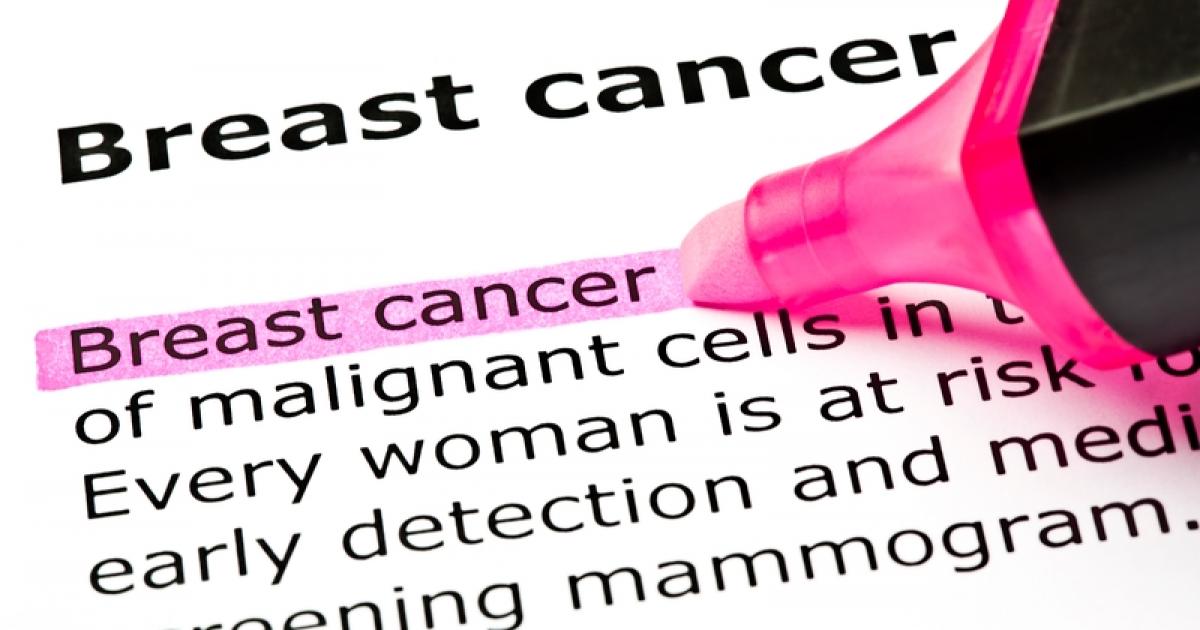Breast Cancer Identified Risks, Diagnostic, And Treatment Advancements Worth Knowing About
The survival rates for women diagnosed with breast cancer have significantly increased, thanks to many medical advances implemented over the last ten years. More effective therapies are resulting in far less side effects than traditional procedures. An increase in understanding both risk and preventive measures, have all given women the necessary tools to take preventative action against breast cancer. Start reading now to learn about the major advancements in breast cancer risk factors, diagnosis, and treatment everyone should know about.
HER2-Directed Therapies

Human epidermal growth factor receptor 2 (HER2) is a protein that promotes the growth of cancer cells. Recent treatments directed at HER2 have been shown to play a vital role in breast cancer survival. Not all breast cancers are bombarded with the protein, and those that are can be adequately treated with specific drugs that target it. HER2-directed therapies have completely revolutionized treatment options, as these drugs can be utilized for both early and late stage breast cancer and can assist in reducing recurrence risk in the early stages of the disease.
Continue reading to learn about gene expression testing next.
Gene Expression Testing

Assays, which are tests to uncover the types of genes that cancer expresses, have permitted healthcare physicians to craft effective therapies based on a person’s individual needs. Breast cancer specialists are utilizing two assays, Oncotype DX® and MammaPrint®, to better determine a woman’s risk of any recurrence or metastasis (the spread) based upon varying genes cancer expresses, through a process called gene subtyping. From here, they can better plan treatments to reduce these risks effectively. These tests can also assist in finding out who is more likely to benefit from treatments with chemotherapy in addition to hormone therapy.
Continue reading to learn about an advancement made in chemotherapy for treating breast cancer.
